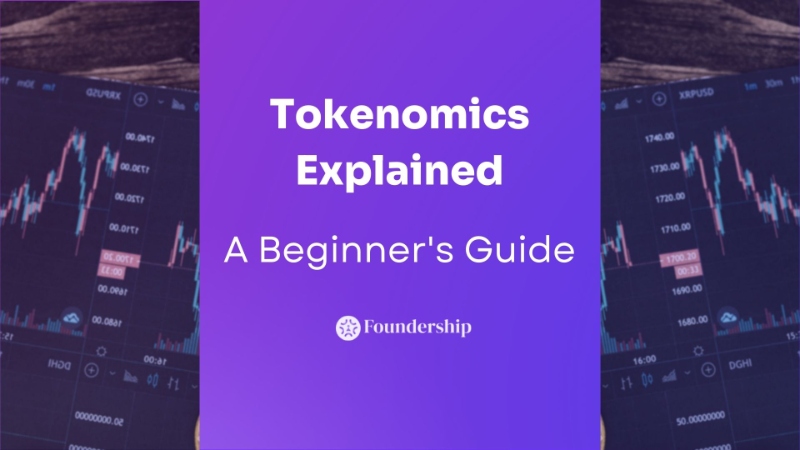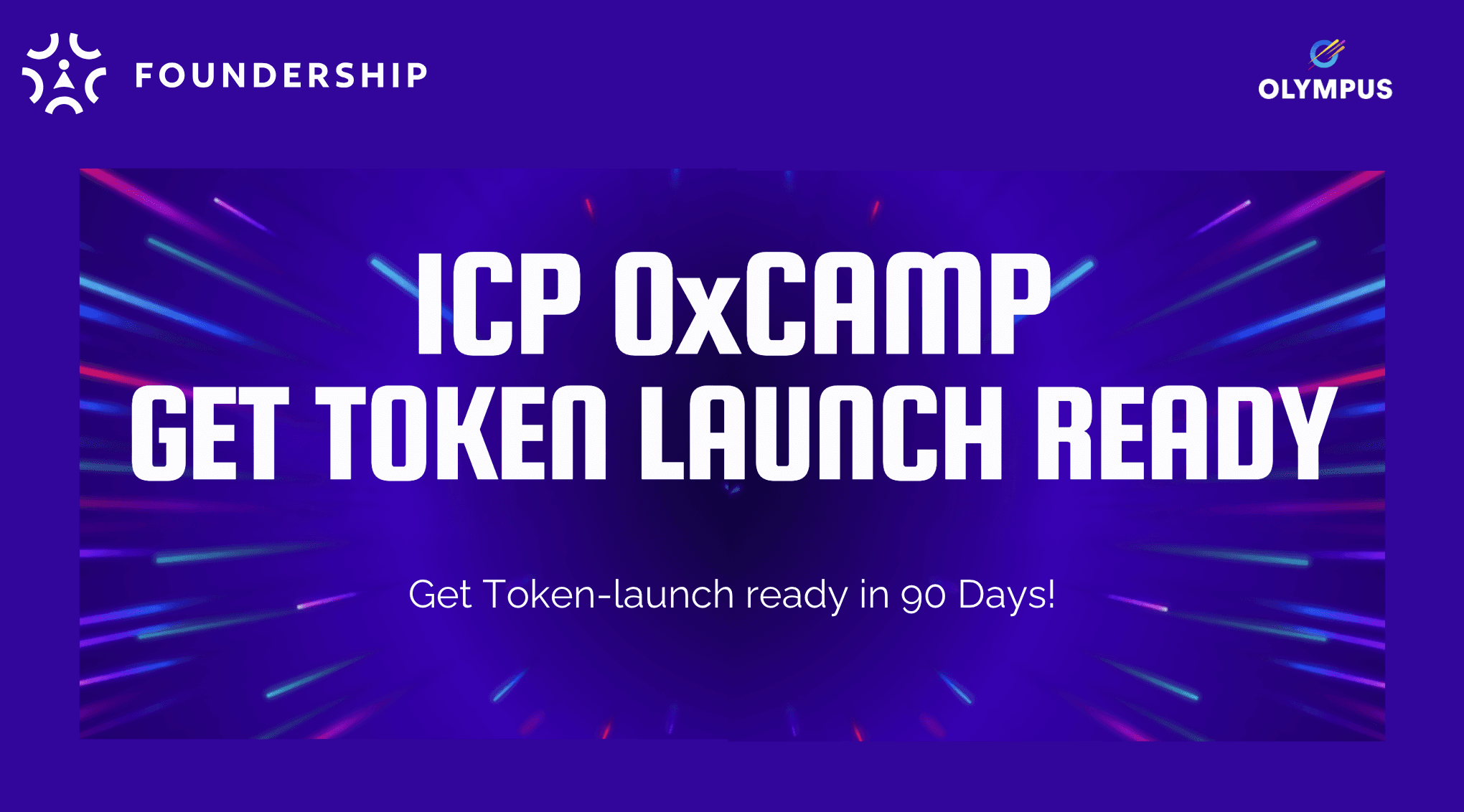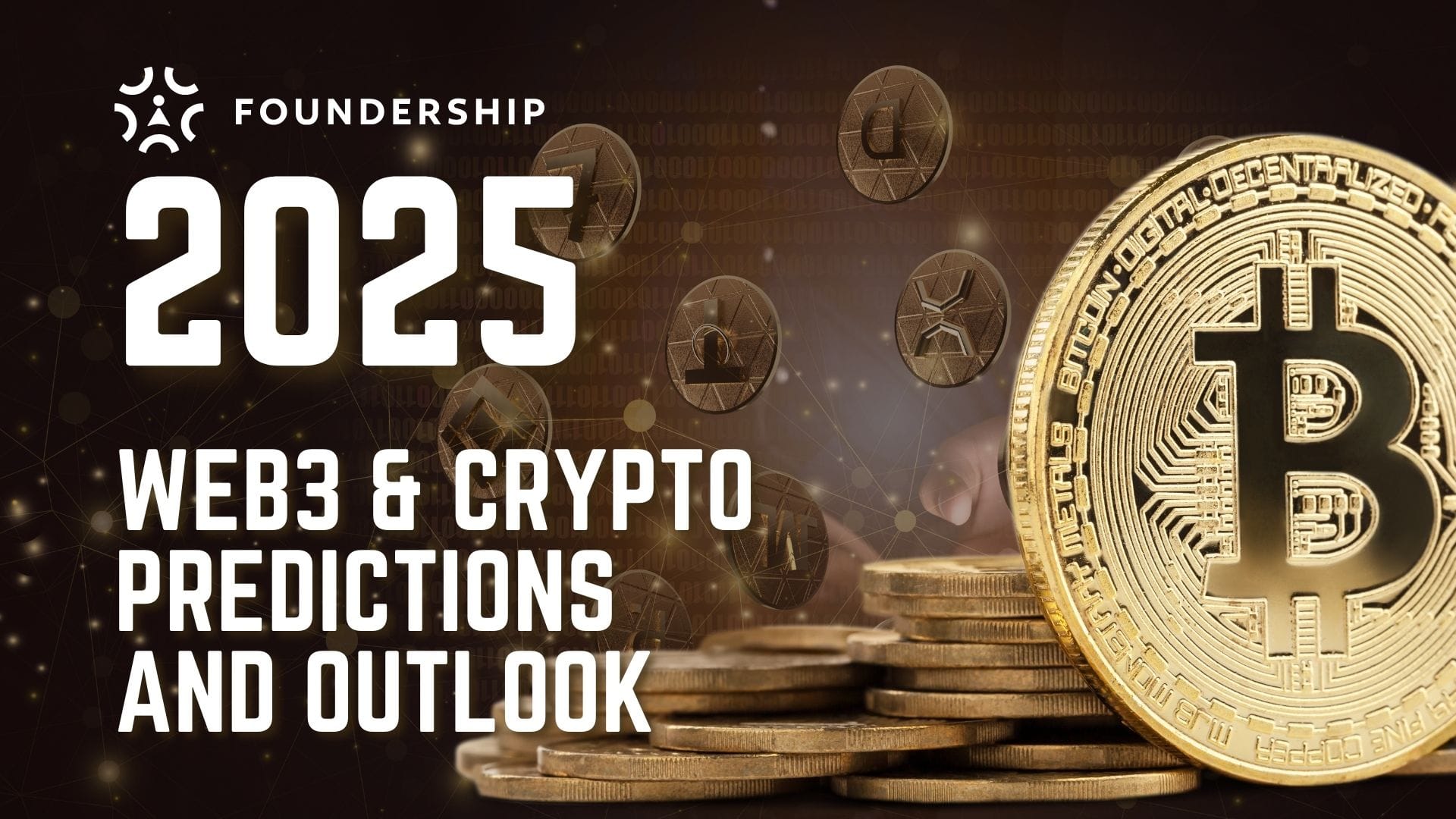
Relying on a gut feeling doesn’t work when the risk involved (if things go wrong) is huge.
And in the cryptocurrency world, things can go terribly wrong…
As you enter the token world with your money and an intention to invest for reliable returns, the need to understand them to their core becomes necessary.
That’s why tokenomics!
But first, let’s understand - token.
What Is a Token?
In Web3 or a blockchain-powered ecosystem, a token is a type of certificate that represents ownership of a particular asset and has an underlying value to it.
Tokens play an important role in DeFi (decentralized finance).
The token can be bought, held, or sold on exchanges.
The real value of the token is not in the token itself but in what asset it is backed by.
There are numerous classifications of tokens based on their layer, fungibility, security, and utility.
What’s common in all of them is the rise & fall of their value over time or market situations.
Tokenomics analyses the potential of such tokens.
What Is Tokenomics In Cryptocurrency?
When we talk about the production, distribution & consumption of goods/services and the monetary value associated with them - we’re talking about economics.
Similarly, when we talk about the foundation, worth & ecosystem of a particular cryptocurrency/token and its monetary value - we’re talking about tokenomics.
Do you see?
The Economics of Tokens = Tokenomics!
It's a system to help you decide as per your goals whether to invest in a particular cryptocurrency or not.
So, what things are considered while studying the tokenomics of a typical coin in web3?
How does it work?
Let’s break it down.
How Does Tokenomics Work?
For tokenomics to work, the following 4 factors are taken into account.
1. Supply of Tokens
It’s not as simple as the supply of physical goods.
There are 3 types of supplies associated with a crypto project that is -
- Circulating Supply
- Total Supply
- Maximum Supply.
Circulating Supply
Circulating supply is nothing but publicly issued tokens that currently are in circulation.
When there is an increase in the circulating supply of a particular project, it’s generally a good sign.
It indicates how actively that particular crypto coin is mining.
Such actively mining coins have a great potential to rise.
But sometimes, if too many tokens are circulated in a short period of time & releases are made too often, the chances of its value getting decreased is higher.
Total Supply
Not all tokens once released into circulation stay that way. Some tokens are burnt.
How? They’re simply sent to a wallet address that cannot be accessed by anyone ever in their entire lifetime.
Such tokens that are removed from circulation are referred to as burnt tokens.
So, Circulating Supply - Burnt Tokens = Total Supply.
These are the tokens that are currently in supply.
As a general rule, you should be aware that the more the tokens are burnt, the less becomes the supply.
This inflates the value of that cryptocurrency.
Maximum Supply
Some cryptocurrencies have a limit on how much they can be produced.
For example, Bitcoin is limited to 21 million coins. This means, there cannot be more than 21 million bitcoins in circulation.
This maximum limit of token production is called maximum supply.
There are also other coins like Ethereum which does not have a maximum supply at all. It can be mined in unlimited amounts.
This has a significant impact on how the price of that coin will fluctuate.
But still, there is no ONE answer to this.
Coins with maximum supply may hold good value due to the scarcity in some cases while in other cases, the coins with unlimited supply will be of more worth if their use case is solid.
2. Demand of a Token
This is the simplest one to understand.
More the demand for tokens -> Lesser will be the supply -> Higher will the price go!
The lesser the demand for tokens -> More will be the supply -> The lower may the price go!
3. Distribution & Allocation
Even though the demand & supply of a crypto coin of your choice is in your favor, it’s the distribution that can change the game.
Before you buy a particular coin, you need to know 2 things -
- Are the tokens pre-mined? Ie. Are they already owned by developers or insiders prior to the launch to the public?
- Is the token fair launched? Ie. Is it directly open for everyone to invest?
Pre-mined tokens though pretty common, are prone to the involvement of whales.
Whales are no one but single entities who own a major share in a circulation.
These whale investors can make the coin prices become manipulative & extremely volatile as they buy or sell their huge chunk of units.
A fair launch in the other case is mostly a sign of a healthy project.
There is an equal opportunity for everyone to invest & the presence of whales in such projects is rare.
4. Market Capitalization
The market capital of any given crypto coin is the total value of its circulating supply.
Ie. Current Market Price X Circulating Supply = Market Capital
To understand its effect, all you need to know is that higher market capital but with lower circulating supply has immense potential for increasing its value.
If you analyze a cryptocurrency using the above 4 factors, you will have a good understanding of where the graph of the coin will head in the future.
But that’s not it.
To get a clearer picture, you can go ahead & analyze the following things -
Find out whether it’s a deflationary or an inflationary token. Tokens with limited supply are deflationary and those with no maximum supply limit are inflationary.
Understand Return On Investment (ROI) ie. how much cash flow a particular token can bring if held for a long time.
Invest only in the projects that have a future outlook, ie. they address the future issues and actively develop solutions to overcome them. Eg. How Ethereum is working on a solution to improve its transaction speed.
Only if the cryptocurrency or a web3 project token fulfills the above criteria is it trustable and deserves a long-term investment.
Besides it, you must also be aware of what’s called - liquidity.
What Is Liquidity In Tokenomics?
Liquidity in tokenomics is the ability of a cryptocurrency to easily get sold and converted into cash or other coins.
If a token doesn’t have good liquidity, it becomes extremely risky to sell or trade it later. Even if you do, it costs a higher slippage fee.
Having low liquidity also means that the particular coin is significantly volatile in its price.
Thus it's important to go for the tokens which have higher liquidity.
Final Words
To sum everything up - tokens with good tokenomics are worth buying and holding.
It can bring immense value to your investment.
On the other hand, tokens with bad tokenomics might just be the product of hype that people may instantaneously sell & get rid of.
Make your decision wisely!
Excited to jump into Web3? Join our blazing web3 community of doers, buidlers & believers.


